(Sunset is also available in an arrangement for solo guitar)
Sunset for piano is, at its core, a simple piece, but one with a long and somewhat storied development. Its first iteration came in 1998 as a work for piano or guitar, accompanied by strings; the theme, however, had been completed some three years earlier. In 2008, Magle reworked the piece for its current instrumentation of solo piano, with some final revisions coming in early 2023.
A simple piece it may be, but each component included within it is tuned to its respective finest. A song without words of sorts, Sunset is clearly driven by its melody, a wistful, tender theme that progresses in long, sweeping arcs over the rest of the texture. A sense of melancholy clearly pervades it; its phrases are played out in dogged half notes that seems to fall in perpetuity, landing on expressive suspensions before inevitably being rent from them. And yet, it steers clear of ever drifting into the territory of kitsch and melodrama, and the full scale of emotion at play is kept tightly under wraps at the head of the piece.
A good song is not made by its melody alone, however, and the accompaniment is as carefully constructed as the theme it underpins. The most auditorily distinct motif of the work is the string of second-voice undulating couplets that supply a near-constant quarter-note pulse throughout the work. These couplets provide a gentle rhythmic lilt that keeps Sunset moving forward without ever pushing it into becoming frenetic. The harmonies similarly strike a balance between fraught and peaceful – they are decidedly rooted in Romantic tonality, but as such often rely on extensions and inversions. The resultant mood leaves Sunset emotionally tense, torn between senses of comfort and apprehension.
Once the structure of the work is then taken into account, the above tensions and conflicts allowed to play out in real time, some sort of narrative, or at least emotional progression, begins to play out in the mind of the listener. Sunset begins unassumingly enough, a wistful air permeating the sound, with the principal theme. However, the mood cannot remain so placid, and from there, it begins to stir – the bassline drops down, extending the registral inventory of the piece, and the texture thickens out further to match. A tenor countermelody engages the principal theme in mournful counterpoint over an increasingly low-reaching bassline, while the undulating couplets extend their intervals; the widening stretches in the hands lend a sense of developing physicality that intensifies the emotional strain the music seems to bear.
From there the material develops further, but the harmonies start to jar – the sun may be going down, but there seems to be, to paraphrase Dylan Thomas, a certain sense of rage against the dying of the light. We come to the work’s climax, a reiteration of the first theme in pedal octaves and full-handed walls of cascading chords that fully capitalise on the physicalities of before – but it is in vain. The struggle conceded, we lose our grounding at the foot of the piano, and a final haunting rendition of the theme at the highest reaches of the composition leads us away. The sun has set, and we are left staring into the stars.
notes: Acorus Calamus

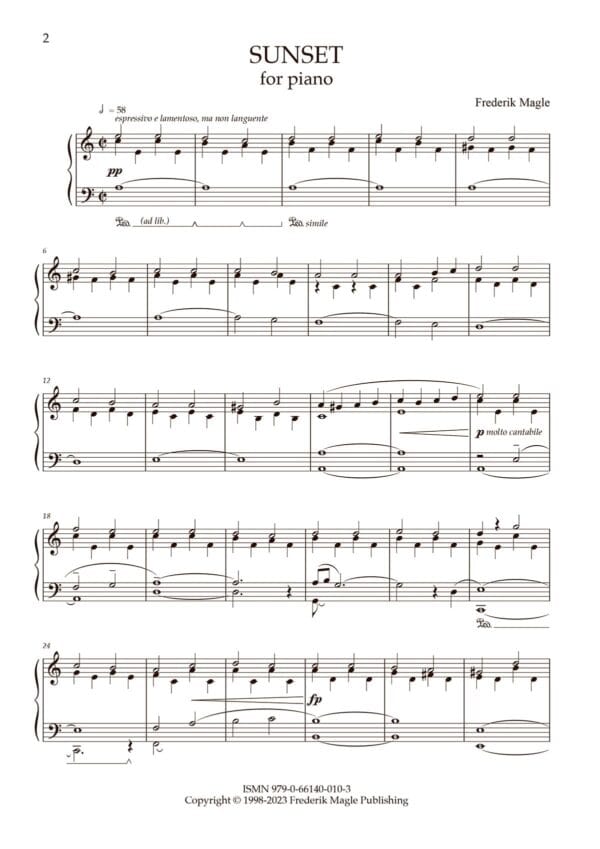
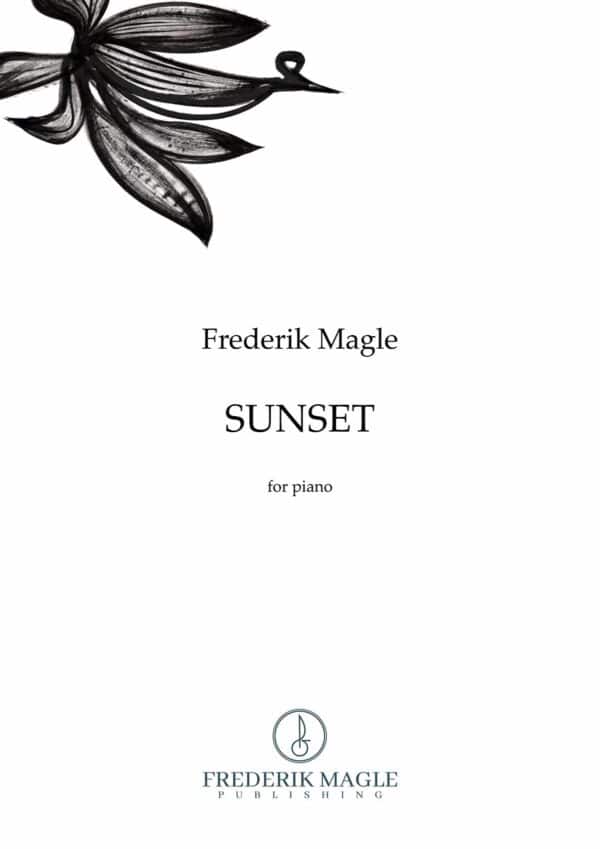
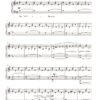
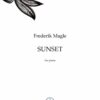

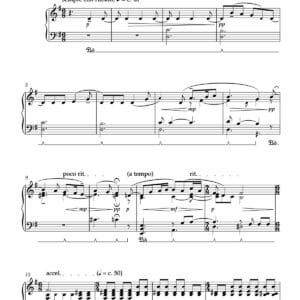
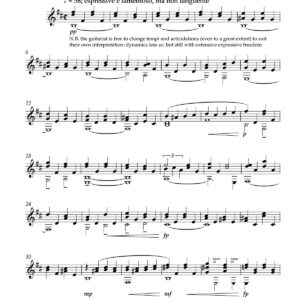
Claude B. (verified owner) –
Belle pièce
Fabio Nogare B. (verified owner) –
God dag Frederik,
Your composition “Sunset” touch me deeply and I love to play it. People around me also feel touched by the melancholy melody.
Tak!
Anna P. (verified owner) –
deborha t. (verified owner) –
Kjell Krogsrud (verified owner) –
Cosimo Ciquera (verified owner) –
Herman (verified owner) –
Mesmerizing melody 🙏
Fillion Marco (verified owner) –
Jesus Castro (verified owner) –
Very special work. It touches the heart.
Jean H. (verified owner) –
Dominique ROBIN (verified owner) –
Alessandro RAMPAZZO (verified owner) –
Semplice ma emozionante
Filippo Airaudo (verified owner) –
Nicolaas Sontag (verified owner) –
Well done
Nadèje Bat (verified owner) –
Laurent LLERENA (verified owner) –
I really enjoyed playing your composition, looks simple but not easy if you play without the good mood. need to practice a lot ! thank you very much for sharing it
João Vitor Silva van de Groes (verified owner) –
Diana Daneva (verified owner) –
Evan Simpfendorfer (verified owner) –
Very nice emotional song. 👏🎶🎹
Jeffrey Wiley (verified owner) –
Do you have sheet music to Skyerne grane, og lovet falder- Improvisation Thora Borch’s melody (1867)? Loved the Sunset for piano!
frederikmagle (store manager) –
Hello Jeffrey,
Thank you, I’m very happy you like Sunset! “Skyerne gråne” is not yet available, but I expect it will be within the next few months (before June). Kind regards, Frederik
Giancarlo M. (verified owner) –
Veramente Bello
Damien Unger (verified owner) –
Federico C. (verified owner) –
sharon smith (verified owner) –
I love playing this piece of music It has a wonderful melody that is in my head all day. I look forward to your next piece. Thank you.
Peace Denenu (verified owner) –
Roderick E Sanborn (verified owner) –
Wonderfully written. The first time I played it through on piano, my wife told me it was beautiful. Very well written.
Gwen Seidel (verified owner) –
Easy to play, pleasant to listen to, for yourself or easy listening
Dennis Benson (verified owner) –
Julie st-onge (verified owner) –
Ronald C. (verified owner) –
an elegant very well written piece; nice buildup then back to a calm serenity. Thank you for sharing it.